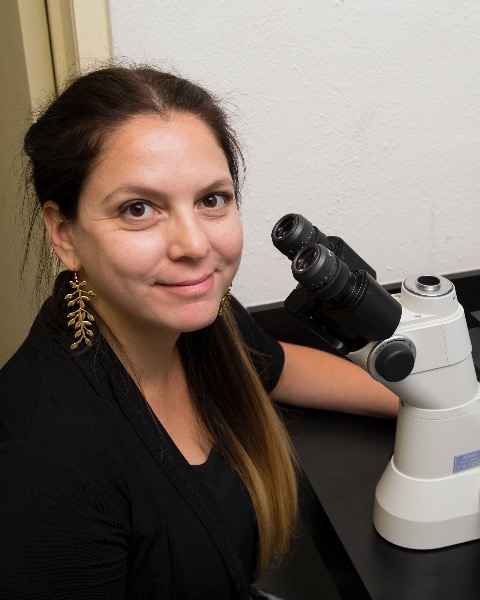Poster Display
Plant-Insect Ecosystems
D3512: Perspectives on the management of laurel wilt of avocado in South Florida

Carlos Andres Sendoya-Corrales (he/him/his)
School Visitor
University of Florida
Homestead, Florida- MN
Monica Navia-Urrutia
University of Florida
Homestead, Florida - SS
Sara Salcedo-Sarmiento
University of Florida
Homestead, Florida - ML
Maria Lugo-Duque
University of Florida
Homestead, Florida - JC
Jonathan Crane
University of Florida
Homestead, Florida 
Romina Gazis
University of Florida
Homestead, Florida
Presenting Author(s)
Co-Author(s)
Laurel wilt (LW), caused by the fungus Harringtonia lauricola, is a vascular disease affecting numerous hosts in the Lauraceae, including important forest species and avocado trees. Since its introduction into Georgia in 2002, LW has killed over 500 million trees, including 300,000 avocados under commercial production, destroyed $42 million worth of fruit-bearing trees, and caused an annual production loss of $4 million in Florida alone. The fungal pathogen finds its ally in several invasive, native, and naturalized ambrosia beetles, notably species in the genus Xyleborus. These wood-boring insects transport and farm the fungus in the galleries they construct within the tree. LW has spread rapidly to 12 states in the USA and has been reported as far west as eastern Texas. This disease poses a significant threat as it continues to spread toward the major avocado-producing areas in California and Mexico. The broad range of susceptible hosts and the abundance and generalist habit of the beetle vectors fuel LW alarming expansion, which has compromised biodiversity and ecosystem stability. In the battle against LW, conventional methods like fungicide (propiconazole) applications and cultural practices have failed, particularly in commercial avocado orchards. Following a decade of research, our transdisciplinary team is at the vanguard of exploring multiple lines of research, including developing early and field deployable detection methodologies, screening new synthetic compounds, pursuing resistance or tolerance traits through comprehensive screening of diverse avocado genotypes, and evaluating sustainable biological control agents, including various strains of Trichoderma.

.png)
